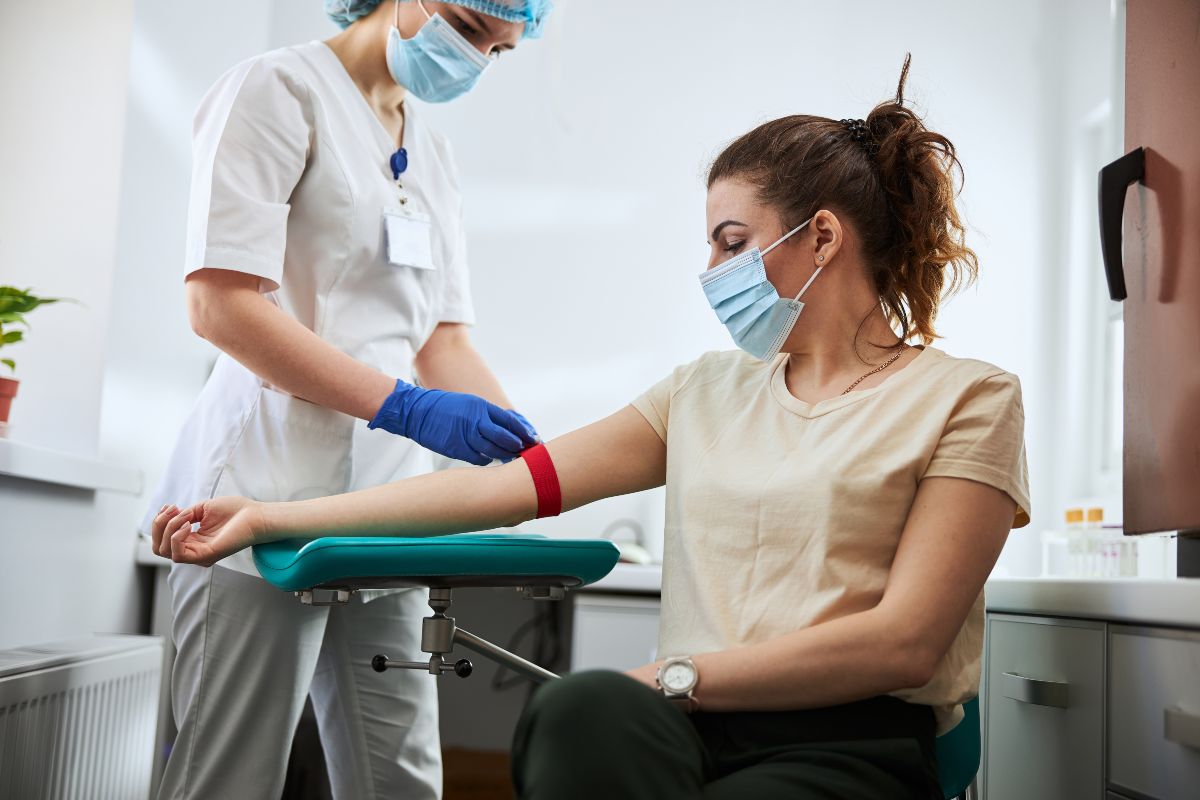At Ascendient, we’ve received this kind of phone call over and over: “Help! Our local hospital is on the brink of closing. Can we convert it to a Critical Access Hospital (CAH)? That will surely save it.”
Unfortunately, CAH status is not the cure-all that so many communities are hoping for. In fact, CAHs could face a wave of closures in the coming years due to severe financial problems. Following up on a recent study from the Center for Healthcare Quality and Payment Reform, we conducted an independent analysis of the underlying data specific to CAHs and reached a grim conclusion:
20% of Critical Access Hospitals are at immediate risk of closing with another 20% at risk of closing in a five- to seven-year time frame.
Based on our analysis of cost report data for more than 1,300 CAHs, we will explore the reasons for this harsh reality, along with two alternatives for communities to consider.
Pervasive Operating Losses
Nearly 60% of CAHs had an operating loss in their most recent fiscal year, meaning the money they received to care for patients simply did not cover the cost of providing the care. Industrywide, health system median operating margins have been showing signs of improvement, but CAH median operation margins have remained stuck in the red, at around -2.3%.
A 2% operating loss is not ideal, but many hospitals can limp along on investment income, government grants, and other sources of funding. At some point however, negative margins become fatal. In our analysis, more than 40% of CAHs had an operating loss greater than -5.0%, and nearly 30% had an operating loss greater than -10.0%. What’s worse, these percentages are not getting better.

As an illustration, imagine a restaurant that serves a pre fixe menu priced at $95, but every meal costs $100 to prepare and serve. In this scenario, every person who walks through the door is driving the restaurant closer to extinction. Closure, at some point, is inevitable. Unlike a restaurant, a CAH is unable to simply increase its prices to cover its costs.
Source of Profit
The primary benefit of CAH status is Medicare reimbursement that covers costs plus 1%. Going back to our pre fixe restaurant example, imagine that American Express had the same payment policy. Now the owner would get paid $101 for every $100 meal for that subset of customers. No one is getting rich, but the business is somewhat stable as long as plenty of customers are paying with Amex rather than Visa or cash.
Back in the healthcare world, increased Medicare reimbursement does not guarantee increased reimbursement from other payors – including Medicare Advantage. Thus, CAH financial performance is typically dependent on its payor mix. As shown below, the average CAH generates a small profit on Medicare and private insurance patients while not covering its costs on Medicaid and charity care patients.

To break even on patient services, CAHs need those positive margins from Medicare and private insurance to offset losses from other payor types. Depending on the demographics of the local community, that may or may not be possible. But even more concerning, we found huge variability in the private insurance category. Despite an average positive of margin of 2.4%, a large number of CAHs are actually losing money on patients with private insurance – and there is one variable that makes a significant difference.
System Status
Currently about 45% of CAHs are part of a health system, while 55% are independent. When we disaggregate the previous chart to account for differences in affiliation, a remarkable pattern emerges:

As you can see, private insurance is by far the largest profit driver at CAHs affiliated with a system, while unaffiliated CAHs actually suffer a small loss on privately insured patients. In other words, the average private insurance patient reimbursement does not cover the cost of care at an independent CAH. Conversely, the profits from those same patients at a system affiliated CAH cover the cost of other payor deficits and generate a small margin for the CAH. This is likely the result of system scale and leverage with insurance carriers.
While this post is not about healthcare consolidation trends, system status clearly plays a role in determining the sustainability of a CAH. As shown in the chart below, CAHs that are not part of a system are more likely to be operating at a loss – and thus at some risk of closure – while CAHs that are affiliated with a system are significantly more likely to operate at a profit.

While joining a system may not be the correct decision for every hospital, any CAH with negative operating margins should at least consider that alternative. This is something we see again and again in our M&A work: A jump in private insurance reimbursement can make the difference between breaking even and closing the doors.
The REH Alternative
Some CAHs with unsustainable losses have begun shifting to Rural Emergency Hospital (REH) status. This new designation became effective on January 1, 2023. Since that time, 31 hospitals have converted to REH status, including 13 that were formerly Critical Access Hospitals.
By law, REHs are prohibited from providing inpatient services. That might not seem ideal for a community that is accustomed to a full-service hospital, but the conversion to REH status may be the only way to maintain some level of local care (emergency department and other outpatient services).
Ascendient has been studying the REH model since its inception, and we were the first to offer a free, customized data tool to help hospitals calculate their suitability for REH conversion. Please click the box below to order your own report.
Conclusion
CAHs are under immense financial pressure. With nearly 30% of CAHs reporting an operating margin worse than -10.0%, communities need to evaluate the sustainability of their CAH. For CAHs on shaky ground, it is imperative to take action before it’s too late.





.jpg)



